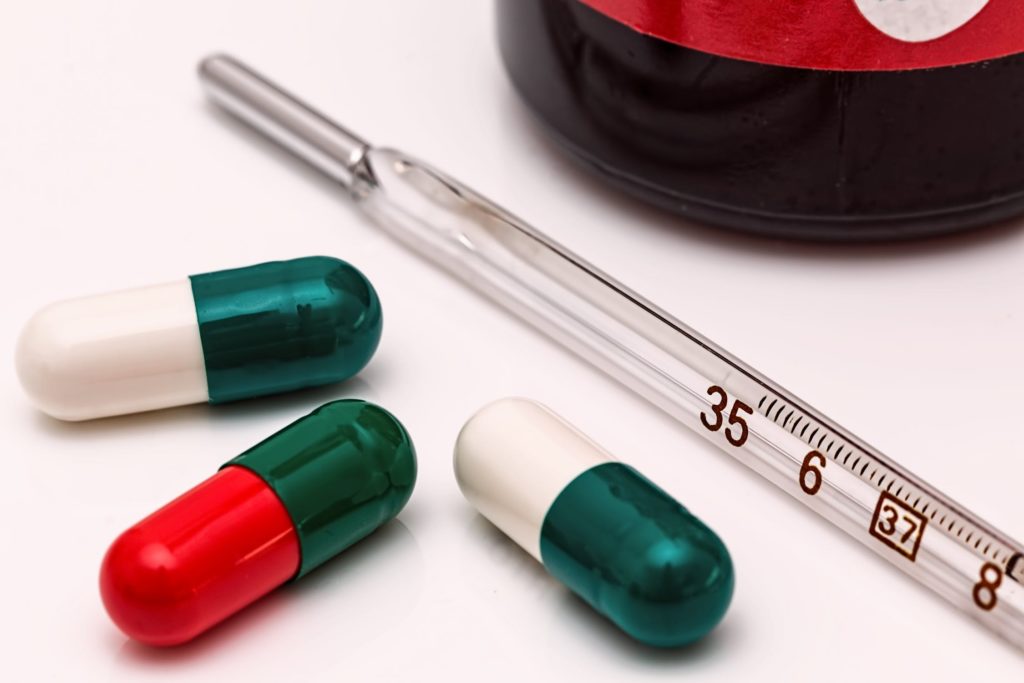Background
Burn wound infections (BWI) can cause delayed healing, poor scarring and invasive infection leading to sepsis which can result in death of the patient. Burn wound infection and secondary sepsis are considered the most serious complications in thermally injured patients. Invasive BWI undoubtedly requires intravenous or oral antibiotics; however, nosocomial BWI can also be targeted with a wide variety of topical agents such as silver nitrate, povidone-iodine, topical antibiotics or acetic acid. To date, no consensus regarding superiority of a certain topical agent for the prevention or treatment of BWI has been reached.
Acetic acid has been used as an antibacterial agent for thousands of years, recently acetic acid has been a widely used topical antiseptic agent for the treatment of burns wounds. The study is a double-blinded, prospective, controlled, randomised study which will establish an optimal dose of acetic acid in treating bacterial load in colonised burn wounds.
Method
Following consent, patients who have a ≥1% total body surface area BSA burn injury/ies which are colonised with a specifically identifiable bacteria will be randomly allocated to receive 0.5% or 2% acetic acid application for 3 consecutive days (10 evaluable patients will be recruited into each study arm). Efficacy will be assessed by measuring the bacterial load from microbiology burn wound swabs, which will be taken daily from the beginning of treatment for 3 days. Tolerability of acetic acid application will be assessed by measuring a patient’s pain scores with a Visual Analogue Scale (VAS). Furthermore, the antimicrobial activity of acetic acid will be measured by extracting fluid from removed burns dressings and assessing the minimum inhibitory concentrations (MIC) to establish if active acetic acid is still present.



